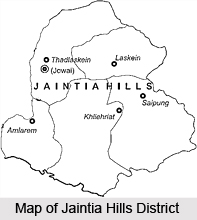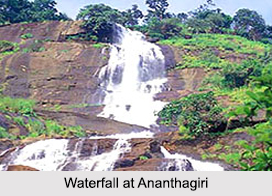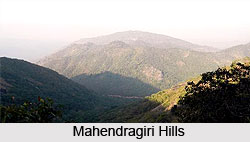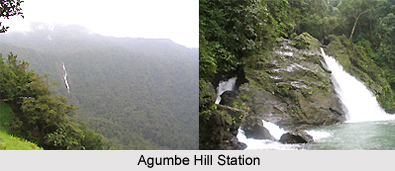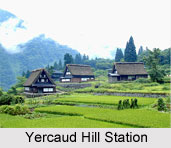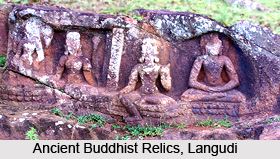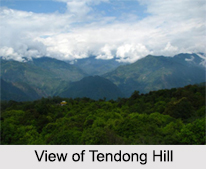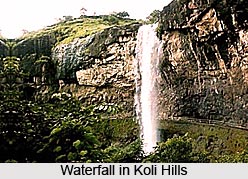 Barot is a picnic spot and a small hill station in Himachal Pradesh. This is a tourist"s paradise for the adventure and nature tourism.
Barot is a picnic spot and a small hill station in Himachal Pradesh. This is a tourist"s paradise for the adventure and nature tourism.
Location of Barot
Barot is a hilly tourist location in Mandi district in Himachal Pradesh. Barot is situated 40 km from Joginder Nagar and 66 km from Mandi, the district headquarters in Himachal Pradesh.
Geography of Barot
Barot is situated in a small V-Shaped valley formed by the Uhl River. It is surrounded on both sides by parts of the Dhauladhar range of the Himalayas. Barot is located at an elevation of 1819 metres above the mean sea level. Most of the village is settled along the banks of Uhl on both sides in Joginder Nagar Valley.
Visiting information
Barot is easily connected with both railways and roadways. The road to Barot branches off at Joginder Nagar-Mandi high ways and from Joginder Nagar the distance is 40 km. It is sometimes possible to use the trolley from Jogindernagar which reduces the distance to 12 km. The route includes terraced fields and thick cedar forests, rising to Jhatingri at the hilltop.
History of Barot
The remains of the summer palace of the former rulers of Mandi are located in Barot. In pre Independence era, Barot was also on the mule trail connecting Kullu valley to Kangra valley. The importance of this route declined once Kullu District was connected to a road from Mandi.
Tourism of Barot
Many trekking trails pass through Barot, including trails to Bada Bhangal, Manali and Kullu. Barot is also developing into an angling destination in Mandi District of Himachal Pradesh. Barot has a range of outdoor activities that includes the nature tourism and adventure tourism. It is including a trout breeding centre from where fishes are released into the Uhl. A 30 km section of the Uhl River is used for angling. Barot also forms the gateway to the Nargu Wildlife Sanctuary which lies across the Uhl River. Nargu Wildlife Sanctuary is home to the monal, black bear and ghoral. Within Barot, there are the forest rest houses which are Thaltuckhod and Silbandhwari. Through woods of cedar and pine a trek route cuts across the sanctuary to Kullu.

